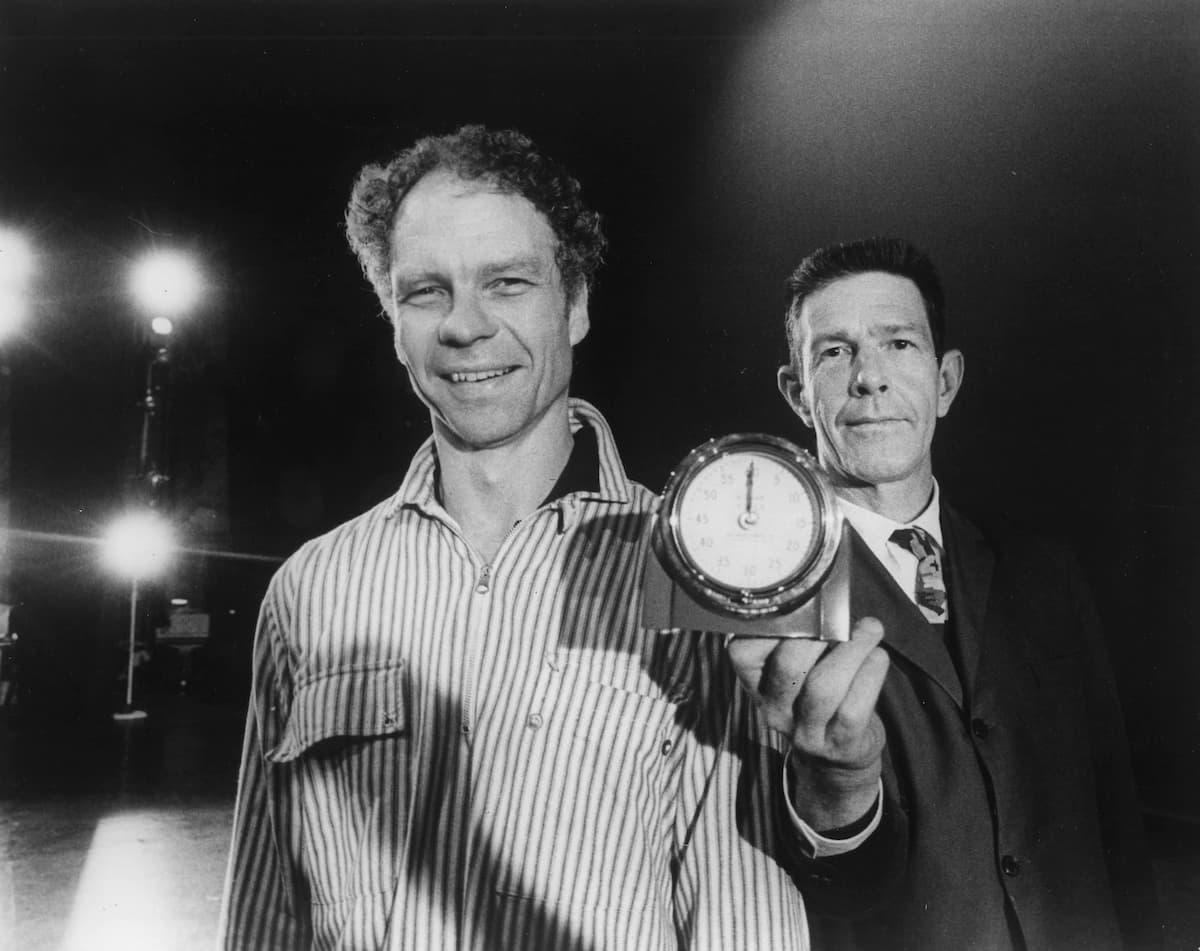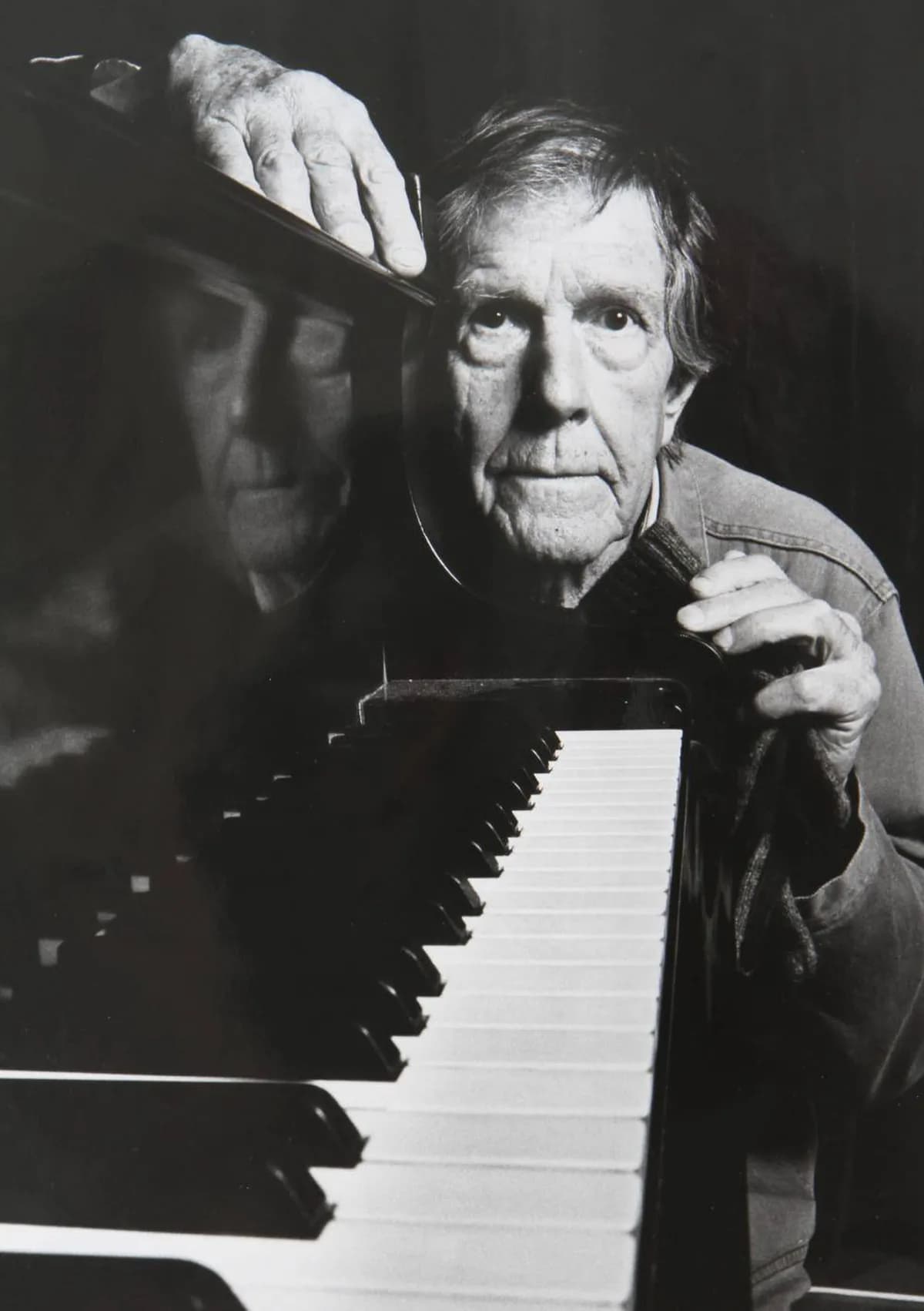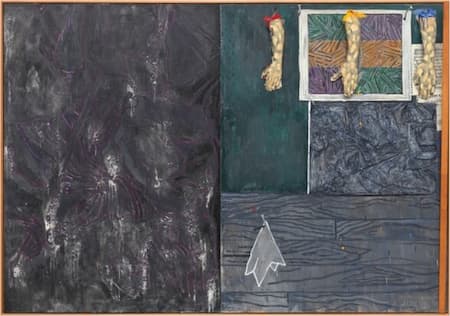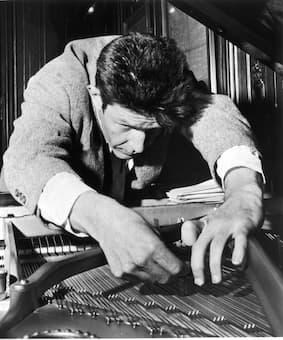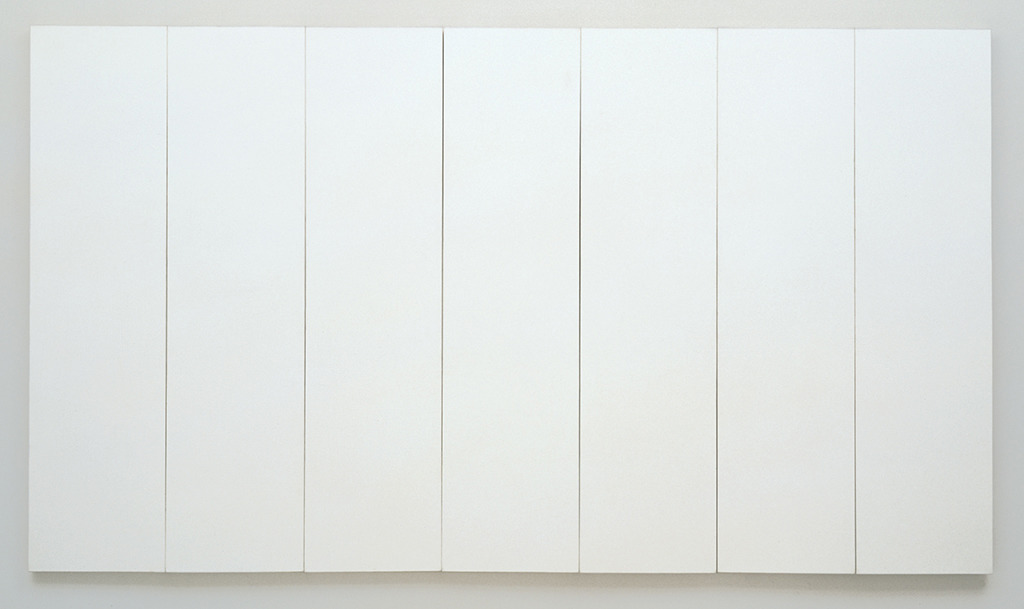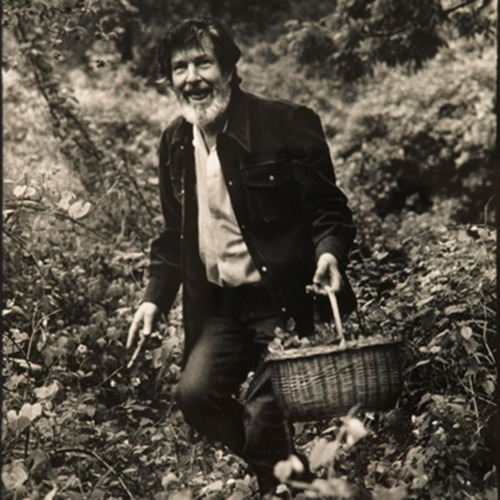One of the most influential composers in the second half of the twentieth century, John Cage (1912-1992) was a leading figure of the post-war avant-garde. A pioneer of indeterminacy in music, electroacoustic music, and non-standard use of musical instruments, he
John Cage
There is something about the American artist and composer John Cage that I find fascinating. Something that transcends his works, his music — in fact, many seem to know the man better than the music, thanks to his groundbreaking approach
In 1944, John Cage wrote a work for prepared piano that reached beyond the sound into emotion. The Perilous Night takes its title from Arthurian legend, where the knight Gawain, in the Marvelous Castel, encounters a bed on ruby wheels
Although his piece is the most famous, 4’33” by John Cage wasn’t the first silent piece to be written. There are at least two earlier works that also take up the sound of silence. Alphonse Allais (1854-1905) wasn’t a composer
For American composer Henry Cowell (1897-1965), the piano wasn’t just an instrument where you sat down at the piano stool and played the keys. He used the pianist as the sound generator for all kinds of sounds on the piano.
Usually when we write about musicians and artists, we write about how one inspires the other, either how an artist might choose a musical work as the inspiration for his work or how a composer might choose to portray a
The other day I was talking about John Cage’s infamous work 4’33” with one of my students, while giving the student an overview of music history. When we got to 20th century music, it was the student, not me, who
John Cage, the legendary composer of experimental sounds and silences was utterly fascinated by mushrooms. Apparently, Cage’s fungi obsession originated during the Depression. “In California, I had no money. I was living in Carmel and around my shack grew mushrooms,

